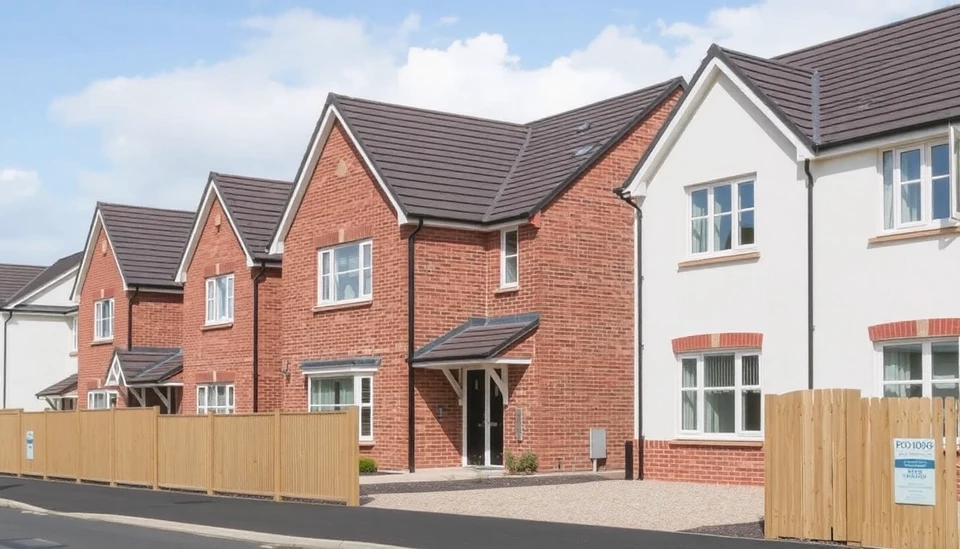
In a significant change within the U.S. housing market, recent data indicates a notable deceleration in home price growth, signifying a shift that may favor potential buyers. As of now, the U.S. housing sector is experiencing an easing of the rapid price appreciation witnessed over the past few years.
According to a report from the S&P CoreLogic Case-Shiller Home Price Index, home prices in major metropolitan areas have shown only a modest increase of about 2.6% year-over-year. This is a stark contrast to the escalating prices seen in previous years, where double-digit growth rates were the norm, especially during the post-pandemic housing frenzy. This trend suggests a cooling off period that benefits homebuyers who may have previously been sidelined by soaring prices.
The decline in price acceleration is attributed to various factors. First and foremost, the ongoing increase in mortgage interest rates has played a pivotal role in moderating demand. Higher borrowing costs have priced many potential buyers out of the market, leading to a reduction in competition among buyers and consequently, a slowdown in price hikes.
Additionally, the U.S. economy is showing signs of strain, with inflation persisting and consumer confidence wavering. These economic pressures are forcing many to reconsider their decisions regarding home purchases. Consequently, homes are remaining on the market longer, giving buyers more negotiating power—something that has been largely absent in the earlier, frenzied real estate environment.
Multiple experts and analysts have observed that while the market is shifting towards a more buyer-friendly landscape, challenges persist. Inventory levels, for instance, still remain relatively low. This limited supply, coupled with rising interest rates, suggests that while prices may be stabilizing or even decreasing slightly in some regions, the overall affordability remains a pressing issue for many would-be homeowners.
The real estate market's new dynamics will likely influence various sectors, especially new home construction, as builders adapt to the changing demands and buyer behaviors. Some analysts predict a gradual stabilization of prices as equilibrium is reached between supply and demand. Particularly as economic conditions evolve, more buyers may enter the market if their purchasing power increases.
In conclusion, the recent slowdown in home price growth is reshaping the U.S. housing landscape, offering a potential opportunity for buyers who previously faced overwhelming competition. However, the interplay of interest rates, supply, and broader economic factors will be key in determining the future trajectory of the market.
#HousingMarket #HomePrices #RealEstate #BuyerAdvantage #Economy #MortgageRates
Author: Daniel Foster




